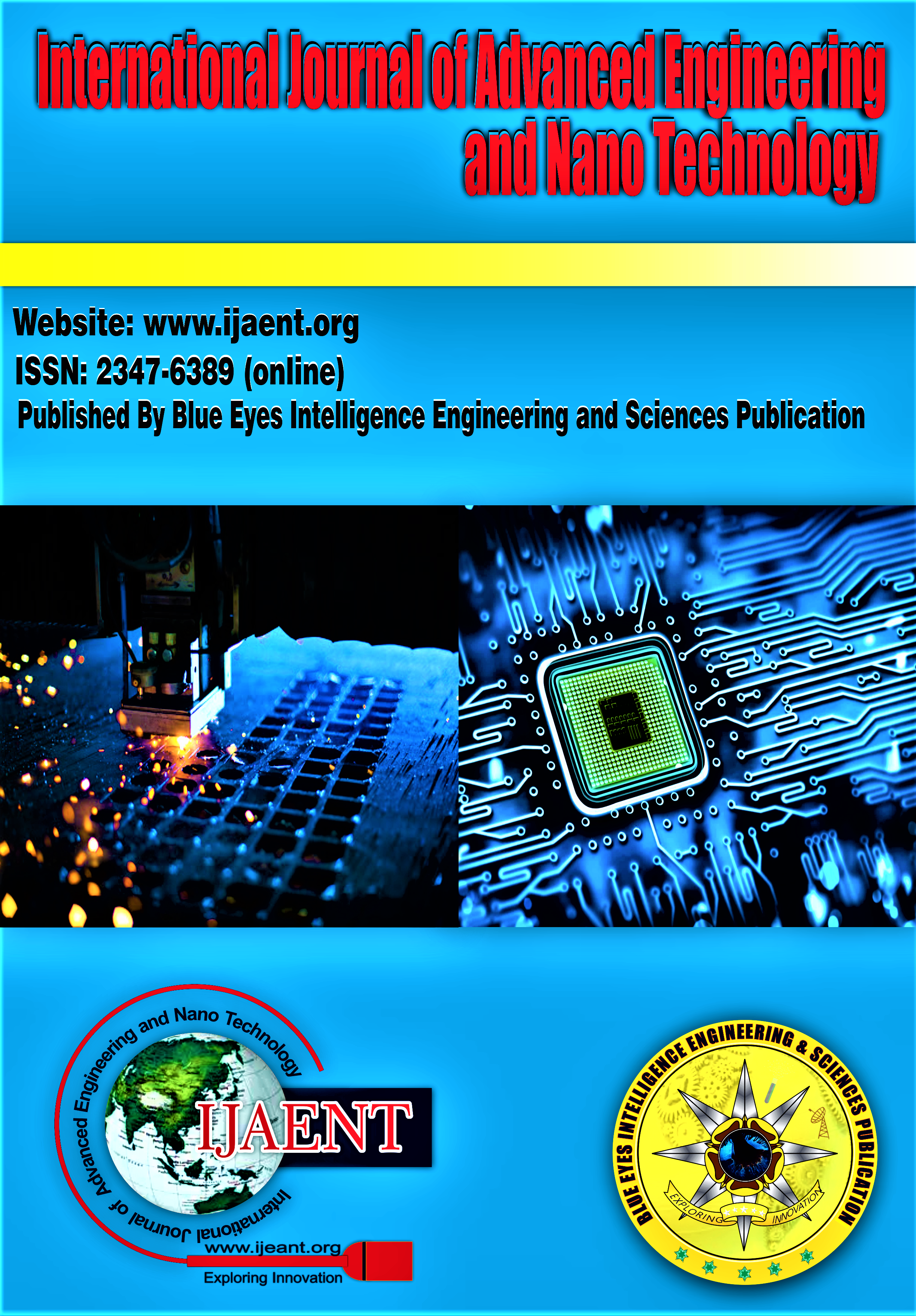The Future of Fashion Retail: Virtual Experiences and E-Commerce Integration
Main Article Content
Abstract
This innovative research integrates methodologies from two distinct studies to advance our comprehension of immersive virtual experiences within the realms of fashion and e-commerce. By amalgamating insights from both methodologies, this refined approach introduces novel components, including a virtual shopping environment, post-VR shopping behavior analysis, biometric data collection, extended interviews, longitudinal study design, and control group implementation. Participants engaged in 360-degree VR fashion shows and virtual shopping experiences using the Oculus Quest 2, while their physiological responses were meticulously monitored. Following the VR encounters, participants navigated a virtual store, and their subsequent shopping behavior was methodically tracked. Extended interviews delved into enduring effects, while a longitudinal study examined the evolution of attitudes over a three-month period. The inclusion of a control group ensured the robustness of causal inferences. This sophisticated methodology promises a comprehensive exploration of the intricate interplay between immersive virtual encounters and consumer behaviors, providing nuanced insights into the evolving landscape of virtual consumption. By embracing cutting-edge elements such as biometric data and virtual shopping environments, this research aims to unravel the multifaceted effects of immersive virtual experiences, contributing to a deeper understanding of consumer interactions with virtual environments and shaping the future trajectory of fashion and e-commerce.
Downloads
Article Details

This work is licensed under a Creative Commons Attribution-NonCommercial-NoDerivatives 4.0 International License.
How to Cite
References
Mower, S. (Smith). Inside the Dior Spring/Summer 2017 Haute Couture Show. Vogue. https://doi.org/10.1111/j.1460-2466.1992.tb00812.x
Steuer, J. (1992). Defining Virtual Reality: Dimensions Determining Telepresence. Journal of Communication, 42(4), 73–93.
Kim, S., & Choo, H. (2023). Impact of Virtual Reality (VR) Fashion Shows on Consumers’ Sense of Presence and Perceived Enjoyment. Journal of Fashion Marketing and Management.
Ijsselsteijn, W. A., de Ridder, H., Freeman, J., & Avons, S. E. (2000). Presence: Concept, determinants, and measurement. Human-Computer Interaction, 15(2-3), 263-322. https://doi.org/10.1117/12.387188
Kim, Y., & Ahn, J. (2016). A Study on the Elements and Characteristics of 360° Virtual Reality Fashion Show. In Advances in Human Factors and System Interactions (pp. 411–418). CRC Press/Balkema.
Karanika, K., & Hogg, M. K. (2010). Experiencing the “Virtual” Body: An Exploratory Study of Consumer Responses to Virtual Dressing Rooms. Advances in Consumer Research, 37, 635–636.
Jason, L. A., & John, R. (2008). Case Selection Techniques in Case Study Research: A Menu of Qualitative and Quantitative Options. Qualitative Research in Psychology, 3(2), 78–108.
Ijsselsteijn, W., de Kort, Y., & Poels, K. (2000). The contribution of spatial presence to the enjoyment of a virtual museum visit. Presence: Teleoperators & Virtual Environments, 9(3), 225–240.
Ji, Y. G., et al. (2022). The impact of virtual reality on consumer behavior in online fashion shopping. Journal of Business Research, 141, 381-391.
Boyce, C. and Neale, P. (2006) Conducting In-Depth Interview: A Guide for Designing and Conducting In-Depth Interviews for Evaluation Input. Pathfinder International Tool Series, Monitoring and Evaluation-2.
Meta. (2020). Oculus Quest 2. Available: https://www.meta.com/en/company/newsroom/news/meta-quest-2
Jingyuan Chen, Zongjian Fu, Hongfeng Liu, Jinku Wang, January 2024.Effectiveness of Virtual Reality on Learning Engagement: A Meta-Analysis. International Journal of Web-Based Learning and Teaching Technologies 19(1):1-14 https://doi.org/10.4018/IJWLTT.334849
Robert L. Smith, Mehmet Akif Karaman September 2019. Development and Validation of the Contextual Achievement Motivation Measure. International Journal of Psychology and Educational Studies 6(3):16-26 https://doi.org/10.17220/ijpes.2019.03.003
Hyangeun Ji, Insook Han, Yujung Ko November 2022, A systematic review of conversational AI in language education: focusing on the collaboration with human teachers. Journal of Research on Technology in Education 55(2):1-16 https://doi.org/10.1080/15391523.2022.2142873
Karanika, K., & Hogg, M. K. (2010). Consuming identity: The role of fashion clothing in the portrayal of character. Journal of Marketing Management, 26(7–8), 674–693.
Se Jin Kim 2023, Virtual fashion experiences in virtual reality fashion show spaces. Frontiers in Psychology, Volume-14
Pothumani, S., Velvizhi, R., & Amudha, S. (2019). Learning through Virtual Environment. In International Journal of Engineering and Advanced Technology (Vol. 8, Issue 6s2, pp. 232–235). https://doi.org/10.35940/ijeat.f1062.0886s219
N, R., Raghu, S., Maheshwari, M., & D, R. (2023). Portable Hotel Management System Using Virtual Reality. In International Journal of Recent Technology and Engineering (IJRTE) (Vol. 12, Issue 1, pp. 60–63). https://doi.org/10.35940/ijrte.a7567.0512123
Flavia, Ms. J., Patel, A., Jha, D. K., & Jha, N. K. (2021). A Wearable Brain-Computer Interface Instrument with Aug- Mented Reality-Based Interface for General Applications. In Indian Journal of Artificial Intelligence and Neural Networking (Vol. 1, Issue 3, pp. 23–28). https://doi.org/10.54105/ijainn.c1032.061321
Khurana, A., Raj, R., Kumar, S., & Garg, Ms. N. (2023). Human Computer Interaction in Education. In Indian Journal of Data Mining (Vol. 3, Issue 1, pp. 6–10). https://doi.org/10.54105/ijdm.a1625.053123
Raj, H., Duggal., A., M., A. K. S., Uppara, S., & S., S. M. (2020). Hand Motion Analysis using CNN. In International Journal of Soft Computing and Engineering (Vol. 9, Issue 6, pp. 26–30). https://doi.org/10.35940/ijsce.f3409.059620





